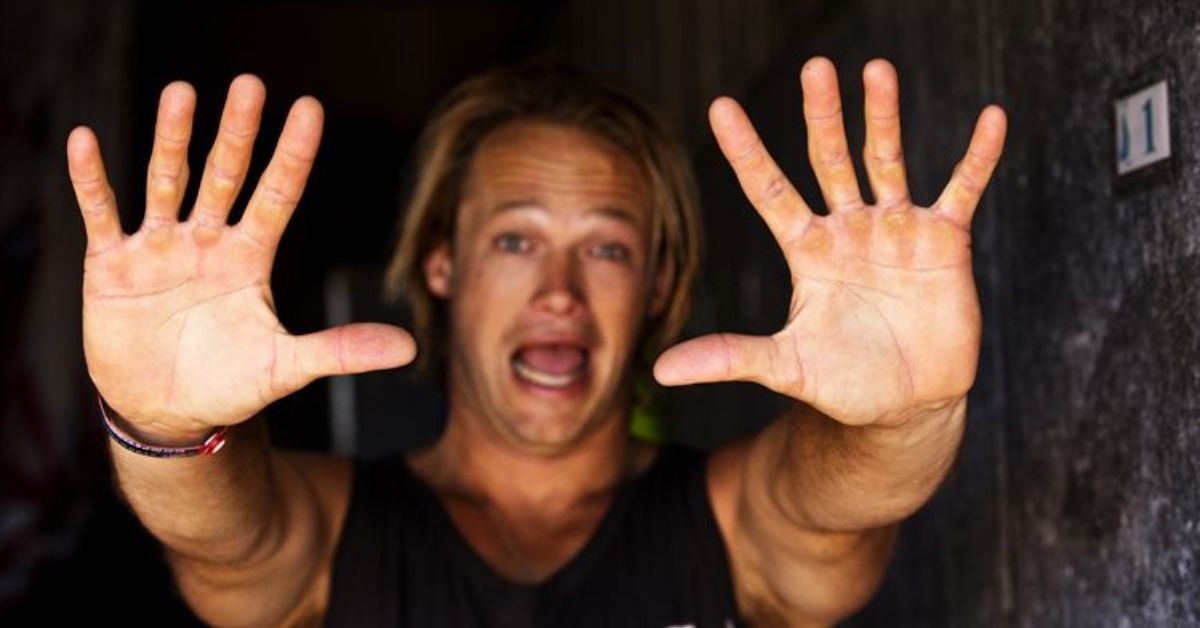Blisterata: Everything You Need to Know About This Skin Condition
Skin conditions can be frustrating and sometimes confusing, especially with symptoms like blistering, irritation, or discomfort. One such condition is Blisterata, a relatively lesser-known but impactful skin issue. Blisterata can cause discomfort and, if untreated, can lead to further complications.
In this guide, we will explore the details of Blisterata, including its causes, symptoms, treatment options, and preventive measures, to help you manage this skin condition effectively.
What is Blisterata?
Blisterata is a skin condition characterized by small, fluid-filled blisters. These blisters may appear individually or in clusters, often accompanied by redness, itching, and inflammation around the affected area. “Blisterata” is not commonly known but generally refers to skin conditions involving blister formation.
While Blisterata is typically not life-threatening, it can cause discomfort and irritation. Proper diagnosis and treatment are essential to manage the condition and prevent potential secondary infections.
Common Causes of Blisterata
Blisterata can occur for several reasons, and understanding the underlying causes can help with prevention and treatment. These are a few of the most typical reasons:
Friction or Pressure
Prolonged friction or pressure on the skin is one of the most common causes of blisters. This can happen when wearing tight shoes, repetitive motion during activities like running, or due to ill-fitting clothing. The constant rubbing creates irritation that eventually leads to blister formation.
Allergic Reactions
Allergic reactions to certain substances, such as cosmetics, detergents, or fabrics, can trigger Blisterata. Contact dermatitis, a condition caused by exposure to allergens or irritants, can result in blister formation as the skin reacts to the offending substance.
Skin Infections
Bacterial, fungal, or viral infections can cause blistering on the skin. Conditions like impetigo, a bacterial skin infection, or herpes simplex virus can lead to the development of fluid-filled blisters that characterize Blisterata.
Autoimmune Disorders
Some autoimmune disorders, such as pemphigus or bullous pemphigoid, cause the body’s immune system to attack healthy skin cells, leading to blister formation. These conditions often require specialized treatment to manage the immune response effectively.
Burns
Burns, whether from heat, chemicals, or the sun, can cause Blisterata-like symptoms. Severe sunburn or exposure to extreme heat can damage the skin, leading to blisters as the body tries to repair itself.
Recognizing the Symptoms of Blisterata
Blisterata presents with various symptoms that are easily recognizable. While the blisters themselves are the most apparent, other signs often accompany this condition:
- Fluid-filled blisters: These may appear clear, cloudy, or blood-tinged, depending on the severity and cause.
- Redness and swelling: The skin surrounding the blisters often becomes inflamed, leading to visible redness and swelling.
- Itching and irritation: Many individuals with Blisterata experience significant itching or discomfort around the blistered areas.
- Pain or tenderness: Blisters can become painful, particularly if they rupture or become infected.
- Crusting or peeling skin: As the blisters heal, the skin may peel or form scabs, leaving behind sensitive areas.
It’s important to note that the severity of symptoms can vary depending on the cause. For instance, blisters caused by burns or infections may be more painful and require more intensive care.
Diagnosing Blisterata
Diagnosing Blisterata usually involves a physical examination by a healthcare provider, who will assess the affected areas and discuss your symptoms. In some cases, additional tests may be needed to identify the underlying cause:
- Skin biopsy: A small skin sample may be taken to examine the condition under a microscope, especially if an autoimmune disorder is suspected.
- Allergy tests: If Blisterata is suspected to be caused by an allergic reaction, a patch test may be conducted to determine the specific allergen.
- Blood tests: In cases of suspected autoimmune conditions, blood tests may help diagnose the condition by detecting specific antibodies or markers of immune dysfunction.
Treatment Options for Blisterata
Treating Blisterata effectively depends on the underlying cause and severity of the condition. Here are some common treatment approaches:
Topical Ointments and Creams
For mild cases of Blisterata, over-the-counter creams, and ointments may be sufficient to reduce symptoms such as itching and inflammation. Common options include hydrocortisone cream, which helps reduce redness and swelling, and antibacterial ointments to prevent infections.
Prescription Medications
If a bacterial or viral infection causes the blisters, a doctor may prescribe antibiotics or antiviral medications to treat the root cause. Corticosteroids or immunosuppressive drugs may be prescribed for autoimmune conditions to help control the immune system’s response.
Drainage of Blisters
Healthcare professionals may need to drain large or painful blisters in certain cases. It’s crucial not to try to drain blisters at home, as improper techniques can lead to infections.
Moisturizers and Protective Dressings

Keeping the skin moisturized with gentle lotions or ointments can help speed healing, especially in friction-related blisters. Protective dressings or bandages can shield the skin from further irritation or trauma.
Avoiding Triggers
For individuals with allergy-related Blisterata, identifying and avoiding the trigger is key to preventing future outbreaks. This may involve switching to hypoallergenic products, using protective clothing, or avoiding exposure to certain substances.
Preventing Blisterata
Prevention is always better than cure, and there are several measures you can take to avoid Blisterata, especially if you’re prone to developing blisters:
Wear Proper Footwear
Choose comfortable, well-fitting shoes that reduce friction and pressure on your feet. If you’re engaging in physical activities like hiking or running, consider using moisture-wicking socks and applying blister-prevention products.
Use Sunscreen
Protecting your skin from sunburn is crucial to prevent blisters caused by UV damage. Always apply a broad-spectrum sunscreen with a high SPF before spending time outdoors.
Identify and Avoid Allergens
If you know that certain substances trigger allergic reactions in your skin, take steps to avoid them. To minimize irritation, use mild, hypoallergenic soaps and skin care products.
Moisturize Regularly
Keeping your skin hydrated can reduce the risk of blister formation due to dryness or friction. Use a gentle, fragrance-free moisturizer after bathing or washing your hands.
FAQs about Blisterata
Q1: Is Blisterata contagious?
It depends on the underlying cause. If Blisterata is caused by an infection, such as impetigo or herpes, it can be contagious. However, it is not contagious if friction, an autoimmune disorder, or an allergic reaction causes it.
Q2: Can Blisterata heal on its own?
In mild cases, Blisterata often heals without medical intervention, especially if caused by friction or a mild allergic reaction. However, treatment may be necessary in cases of infection or autoimmune disorders.
Q3: Should I pop the blisters caused by Blisterata?
No, pop blisters are generally not recommended, as this increases the risk of infection. Let them heal naturally, or consult a doctor if drainage is needed.
Q4: Can Blisterata be a sign of a more serious condition?
In some cases, Blisterata could indicate an autoimmune disorder or an infection that requires medical attention. If blisters persist or are accompanied by other symptoms, consult a healthcare provider.
Q5: How long does it take for Blisterata to heal?
The healing time depends on the severity and cause of the blisters. Minor blisters can heal within a week, while more serious cases may take longer and require treatment.
Q6: Can I prevent Blisterata from recurring?
Yes, by identifying and avoiding the triggers, wearing protective clothing, and using proper skincare, you can reduce the chances of Blisterata recurring.
Conclusion
Blisterata can be an uncomfortable and irritating skin condition, but it is usually not dangerous with proper care and management. Understanding the causes, symptoms, and treatment options is essential for managing this condition effectively. Whether Blisterata is caused by friction, infections, or autoimmune disorders, taking preventive measures and seeking timely treatment can make all the difference in ensuring your skin remains healthy and blister-free.
If you’re experiencing persistent or severe symptoms, it’s always best to consult a healthcare provider to rule out underlying issues and receive appropriate care.
Latest post!






